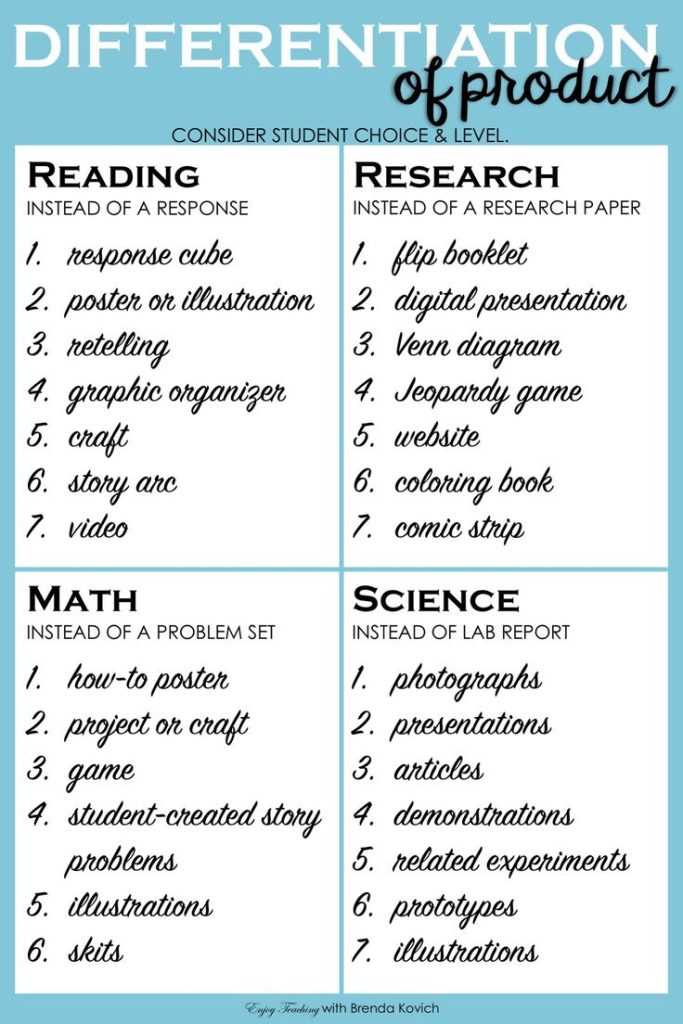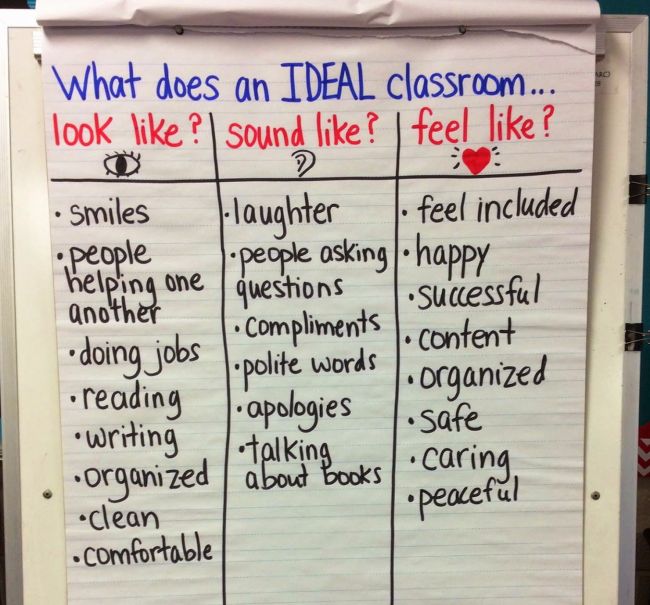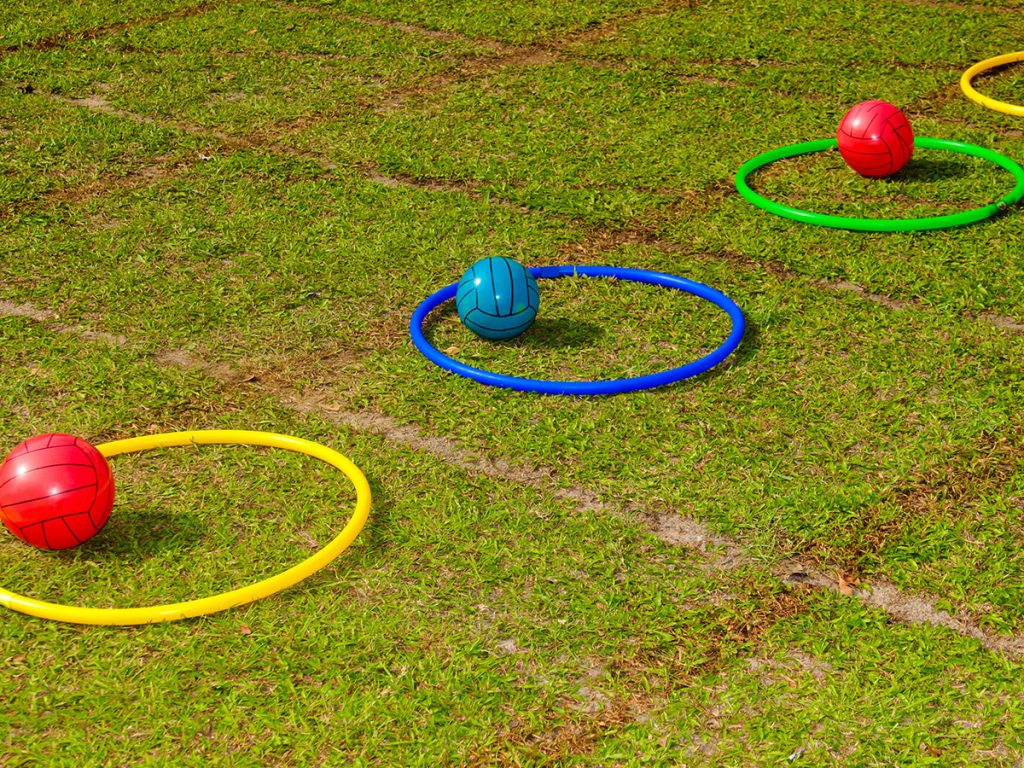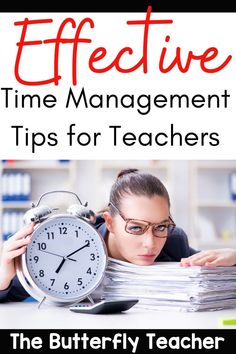In an ever-evolving educational landscape, the importance of incorporating lessons on life skills and wellbeing into the curriculum cannot be overstated. Educators are increasingly seeking out resources that can aid in teaching students not only about academic subjects but also about managing their mental health, understanding emotions, building resilience, and navigating the complexities of social interactions.
One critical resource for teaching life skills and wellbeing is a comprehensive curriculum that includes lesson plans, interactive activities, and reflective exercises designed to engage students of different ages. These resources should be age-appropriate and adaptable to cater to individual classroom needs.
For example, younger students may benefit from picture books and storytelling that introduce concepts of empathy, mindfulness, and kindness. Activities such as role-playing or group discussions can help solidify these concepts. For older students, more complex topics such as stress management, self-care strategies, and relationship building might be introduced through workshops or multimedia presentations.
Another valuable resource is access to professionals who specialize in child and adolescent psychology. Schools can arrange guest lectures or workshops where these experts share their insights with both students and staff. This fosters a shared vocabulary around wellbeing and equips everyone with the same foundational understanding.
Digital resources have also become increasingly important. Apps that facilitate mindfulness or emotional regulation exercises can be effective tools in engaging tech-savvy learners. In addition, online platforms where students can anonymously ask questions or seek advice about mental health matters offer a safe space for those who might not be comfortable speaking out in public.
Furthermore, educators themselves need support to effectively teach about life and wellbeing. Professional development opportunities focused on the latest research in psychology, pedagogy around emotional intelligence, and effective communication methods are invaluable for teachers’ own growth.
Community partnerships can further enhance life skills education by providing real-world contexts for learning. Collaborations with local health services, non-profit organizations focusing on youth development, or corporate social responsibility initiatives expand learning beyond the classroom walls.
Measurement tools such as surveys or reflection journals help track student progress in life skills and wellbeing education. These assessments should aim to understand not only cognitive understanding but also emotional development and behavioural changes.
In conclusion, a multifaceted approach to life and wellbeing education is essential. By equipping educators with versatile teaching resources—ranging from lesson plans to digital tools—it’s possible to meet the diverse needs of students today. Nurturing their emotional intelligence alongside their intellect promises a more holistic development of our future generations.










